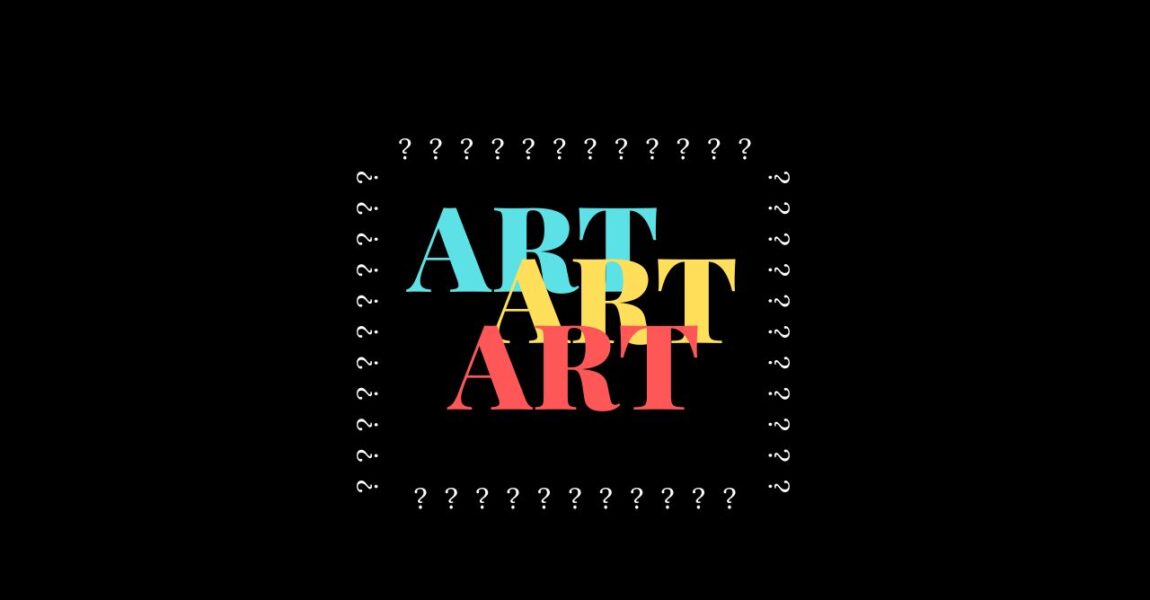
On my way back home from a trip, I stopped by the Portland Museum of Art in Portland, Maine. I wanted to take a break and relax while appreciating beautiful art. Fortunately, I was able to see paintings by Winslow Homer and John Singer Sargent, a breathtaking painting by Thomas Moran entitled The Lotus Eaters and even some sculptures (my favorite dead art). In particular, I loved a marble statue of Ulysses S. Grant and a bronze statue of Galatea. However, I also found a breathtaking amount of ugliness and neo-Marxism.
Even before I reached the modern art section, I was confronted by an unusual arrangement of the artworks. In one room, a ceramic creation which might dubiously be dubbed “art” hung on the wall. It resembled a portrait of a ship: only, the ceramic was warped and bulged hideously in a variety of directions. The accompanying plaque informed me that the piece dated all the way back to 2016. As was almost universal to the plaques in this museum, there was also a quote from a purported expert, in this case the Director of Education of the Maine Maritime Museum. “If this ceramic portrait fell off the wall, it would shatter,” she writes in part. “Maybe if we knew more about the violent histories of these ships, our understanding of them would shatter too,” she concludes. In keeping with the histories, the ceramic itself is also violent, in that it assaults one’s eyes. To keep this work in the same room as a painting by John Singer Sargent reeks of relativism.
One exhibition plaque explains that to fight the PMA’s history of “colonialist practices,” the museum staff “engaged in a yearlong dialogue with five community advisory partners,” including the Portland government school system. Homeschool your kids, folks.
The theoretical artwork in the modern art section is, as one might imagine, atrocious. One painting, split into three strips of canvas, consists of an assortment of blurry red lines. Another painting most poetically titled “Ghetto Wall,” lives down to its name. One would expect to find such a horrid combination of garish colors and symbols on the inside of a city tunnel or bridge, not in an art museum.
There is also a rampant mysticism prevalent throughout the museum. Of course, the heart of relativism is in itself mystical, in that the creation of value hierarchies are an inevitable fact of processing reality. However, what I primarily noticed was the level of nature-worship on display. The amount of Environmentalist messaging was almost proselytizing; the linking of pre-Industrialized, “untouched” nature with purity and goodliness was religiously allegorical. If such vigor had been put into broadcasting Christian values, there would have been outrage, fire in the streets—or, at least on social media. “Trees…connect past with present and bear witness to multiple histories,” says one artist. “Most of Maine’s resource-rich coast is privately owned today,” bemoans a different plaque.
One of my favorite paintings in the PMA was Winslow Homer’s painting Weatherbeaten. It depicts a close look at the ocean and the rocky Maine coastline. The image is powerful. One can look at the foam frozen in the act of spreading upwards and almost hear the gushing roar of the waves as they break against the rocky shore. As if to compensate for the sheer display of talent, the respective plaque has not just one, but two quotes attached with no statement about the art itself. “A place of energy of this is likely privately owned,” wails the first quote, saying also that “private ownership has eliminated the open and inviting human connection to these special places.” The second is no better: it mainly frets about “rising sea levels.”
Art has a purpose and a power in society. It also serves as a visual indication of cultural health. During the Renaissance and the Enlightenment, when Reason had at long last returned to Europe, some of the finest art was produced. Icons of art, from Michelangelo’s David to Raphael’s The School of Athens, were made at the start of the return of Greco-Roman values. This is no coincidence: great art is made in cultures that celebrate the use of the mind and pursuit of objective truth and beauty, not in ones that plaster political posturing over every form of culture and scorn and reject the very idea of truth and beauty. Where reason is culturally dominant, art prospers. Where mysticism is culturally dominant, art suffers. If rampant mysticism continues to grow unchecked, art will not be its last victim.
To support our mission to normalize atheism and preserve free thinking, sign up for our newsletter or join us as a member.
